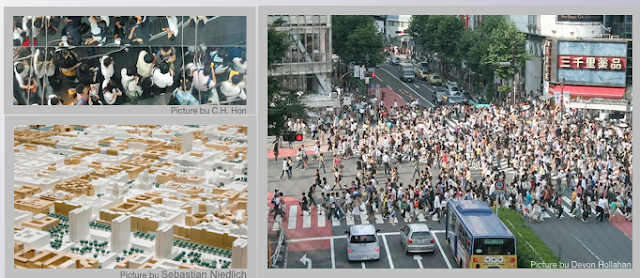Call for papers: Intelligent Agents in Urban Simulations and Smart Cities
To quote from the call for papers:
In this workshop, we intend to address specific methodological and technological issues raised by the deployment of agents in rich environments such as virtual cities. We will welcome contributions tackling issues related to reactive agents, cognitive architectures, the capacity to scale up to handle thousands or hundreds of thousands of agents, the ability to simulate realistic group behaviors which might be judged non rational, etc., all in the context of urban agents. We will also welcome contributions showcasing original applications of agent and multi-agent technologies within urban simulations, be it for design, planning, education, training, or entertainment.
Workshop Chairs:
- Vincent Corruble (contact), Université Pierre et Marie Curie (Paris 6), France
- Fabio Carrera, Worcester Polytechnic Institute (WPI), USA
- Stephen Guerin, Santa Fe Complex, USA
Important Dates:
- *6 June 2012*: Workshop paper submission deadline
- 28 June 2012: Notifications to authors (subject to modification)
- 13 July 2012: Submissions of camera-ready copies of selected papers
- 27 or 28 August 2012: Workshop date
Submission information:
- 12 page max. submissions, Springer Verlag LNCS conference format Contact: Vincent Corruble (iaussc2012@easychair.org) workshop page: http://www-poleia.lip6.fr/~corruble/IAUSSCws/Home.html



